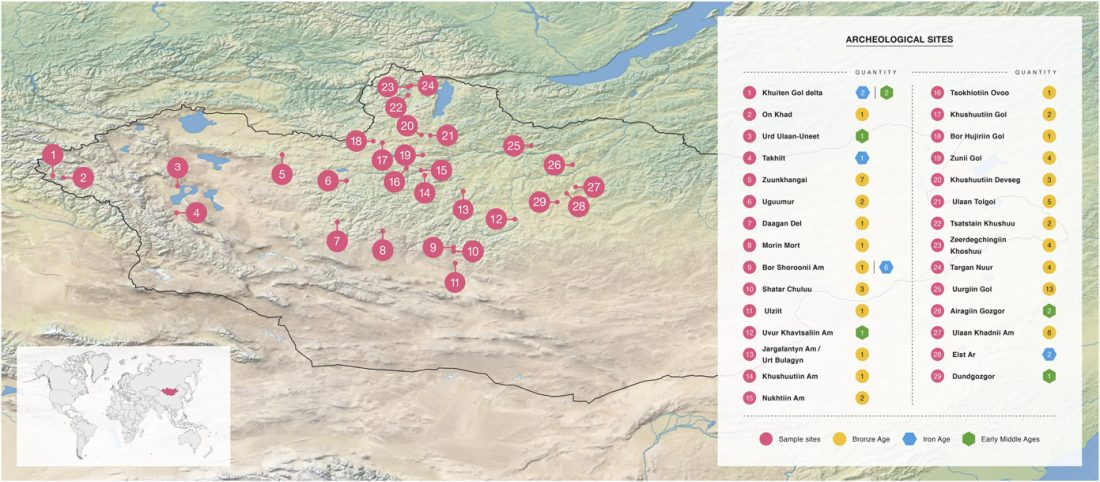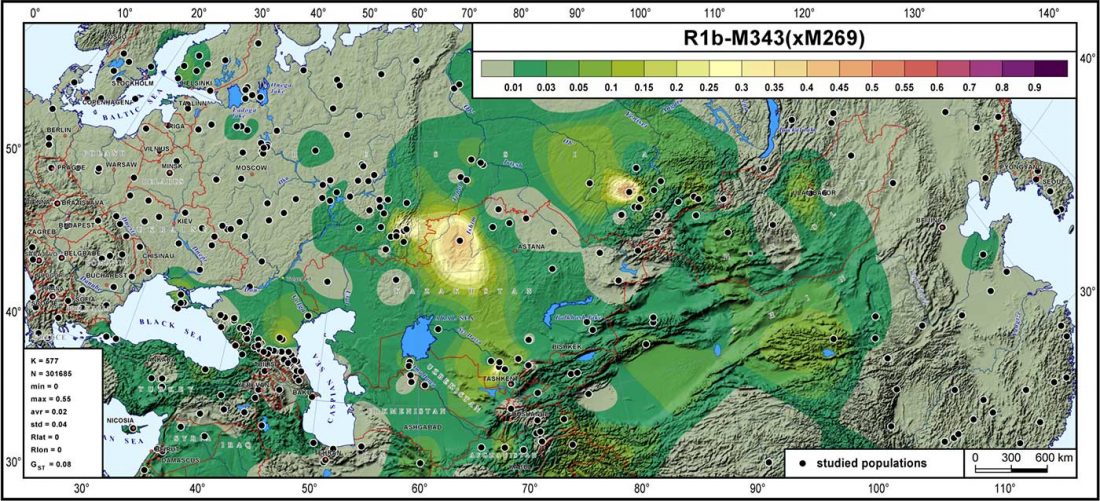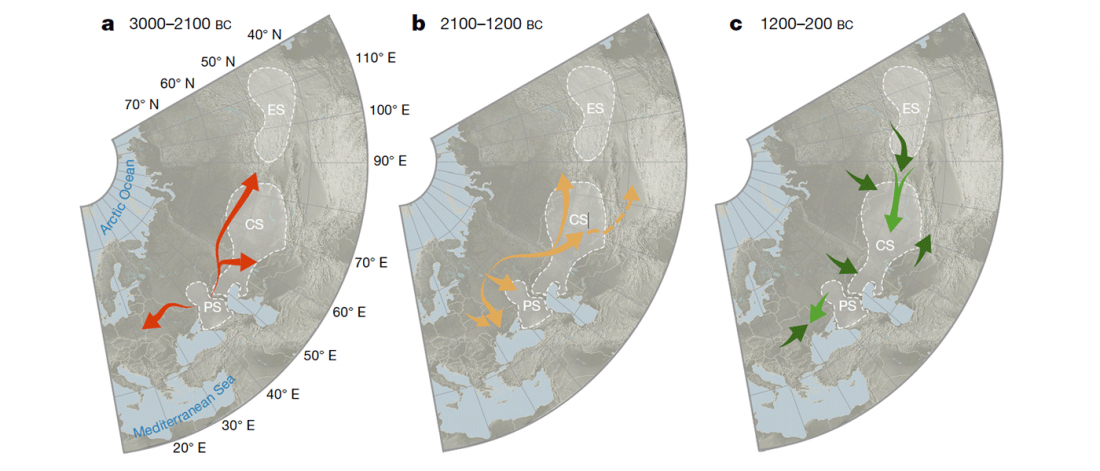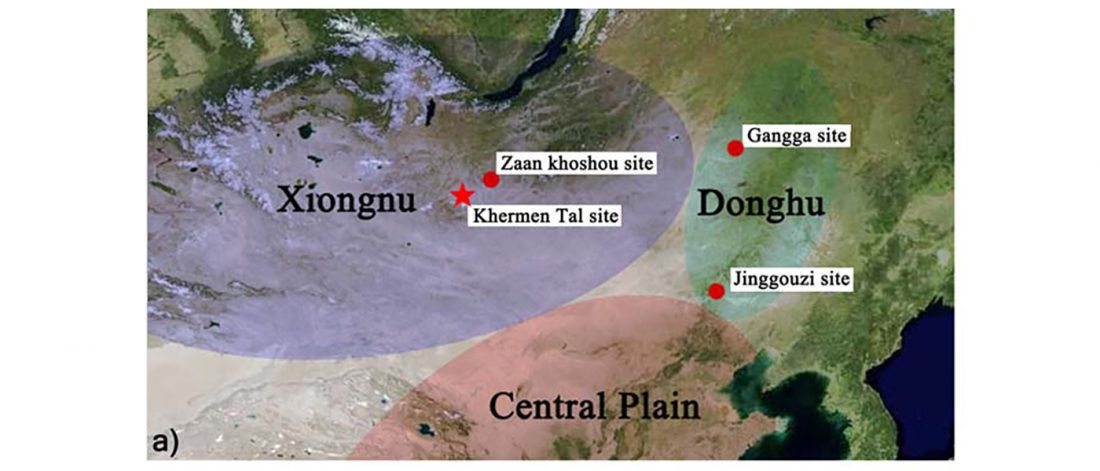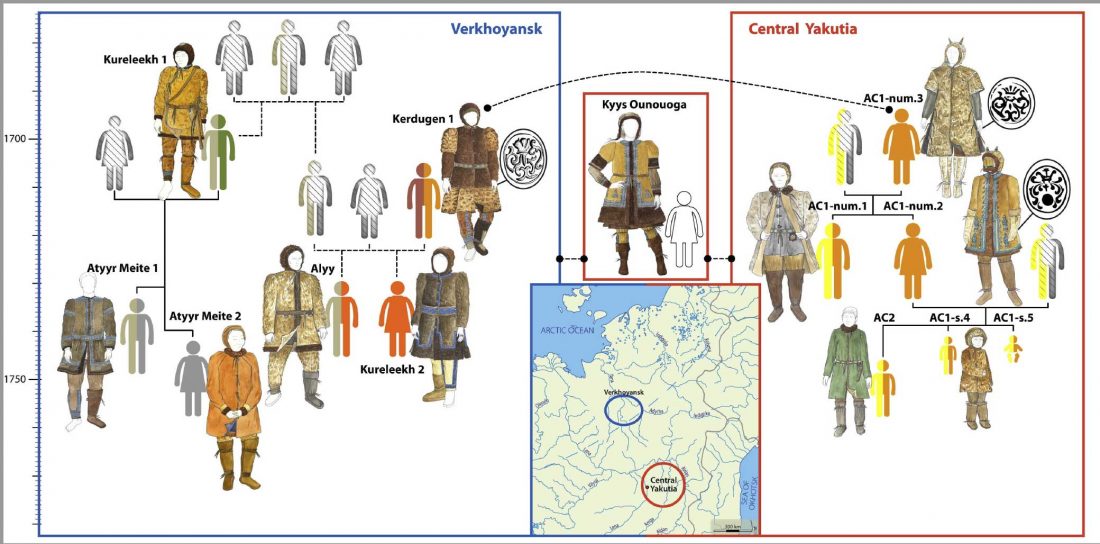Origins of equine dentistry in Mongolia in the early first millennium BC
New paper (behind paywall) Origins of equine dentistry, by Taylor et al. PNAS (2018).
Interesting excerpts (emphasis mine):
… Read the rest “Origins of equine dentistry in Mongolia in the early first millennium BC”The practice of horse dentistry by contemporary nomadic peoples in Mongolia, coupled with the centrality of horse transport to Mongolian life, both now and in antiquity, raises the possibility that dental care played an important role in the development of nomadic life and domestic horse use in the past. To investigate, we conducted a detailed archaeozoological study of horse remains from tombs and ritual horse inhumations across the Mongolian Steppe, assessing evidence for anthropogenic dental modifications and comparing our findings
